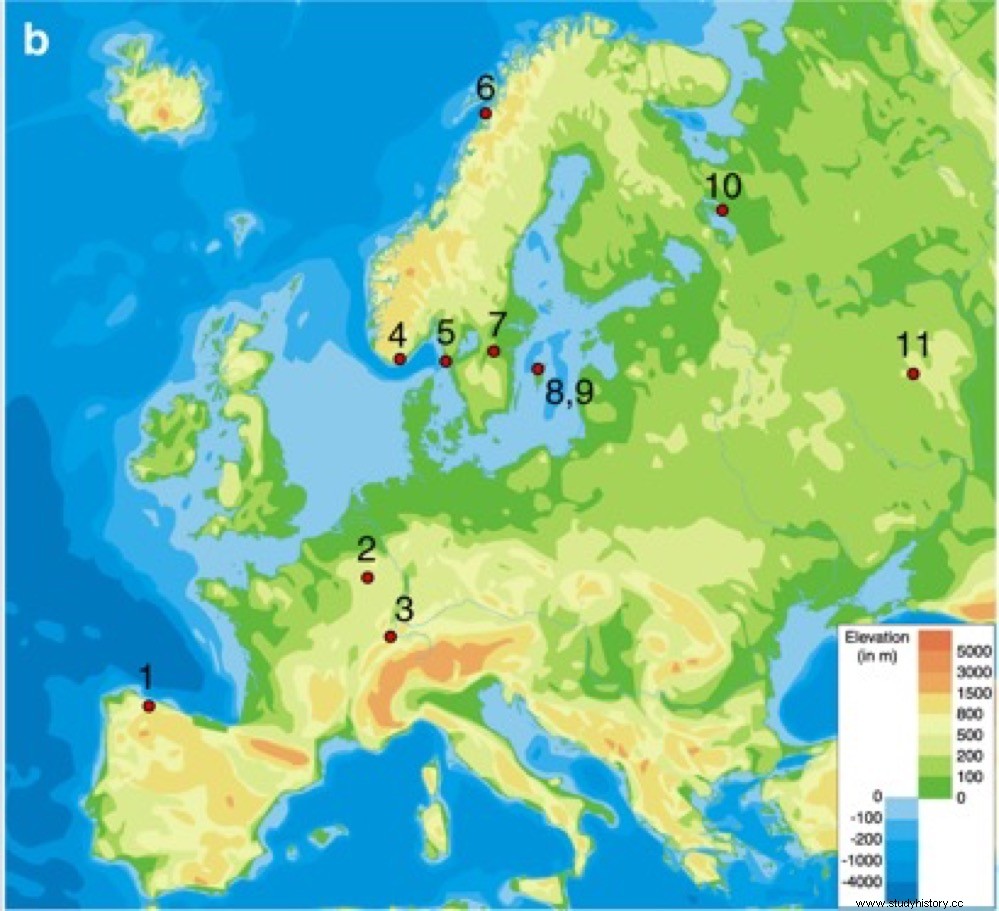The first humans who settled in Scandinavia more than 10,000 years ago left their DNA in ancient chewing gum , chewed masses made of birch resin and bark, shows a new study conducted at Stockholm University and published in Communications Biology .
There are very few human remains older than about 10,000 years in Scandinavia, and not all of them have preserved enough DNA for archaeological study. In fact, the DNA from these newly examined chewing gums is the oldest human DNA sequenced from this area so far. It corresponds to three individuals, two women and one man.
The chewing gum ancient bones are an alternative source for human DNA and possibly a good substitute for bones in archaeogenetic studies. The investigated pieces come from Huseby-Klev, an ancient Mesolithic settlement of hunters and fishermen on the west coast of Sweden.

Excavation of the sites took place in the early 1990s, but at that time it was not possible to analyze ancient human DNA, let alone non-human tissue. The chewable pieces were made from birch bark resin and used as glue in tool making and other technology during the Stone Age.
The analyzes were possible because during the excavations the archaeologists were concerned with preserving such fragile materials, spit out by Mesolithic humans.

The results show that, genetically, the individuals whose DNA was sequenced shared a close genetic affinity with other hunter-gatherers in Sweden and with early Mesolithic populations of Ice Age Europe. However, the tools produced at the site are part of the stone technology that came to Scandinavia from the plains of Eastern Europe and Russia. This hypothesis, of a double cultural and genetic route of influx to Scandinavia, was proposed in previous studies, and these ancient chewing gums provide material evidence for this theory.
According to Emrah Kirdök of Stockholm University, who conducted the DNA analysis, demographic analysis suggests that the genetic makeup of Huseby Klev individuals bears more similarities to Western hunter-gatherer populations than Eastern populations .
The DNA from these ancient chews has enormous potential, not only to trace the origin and movement of prehistoric people, but also to provide information about their social relationships, diseases and food, says Per Persson of the Museum of Cultural History of Oslo.
